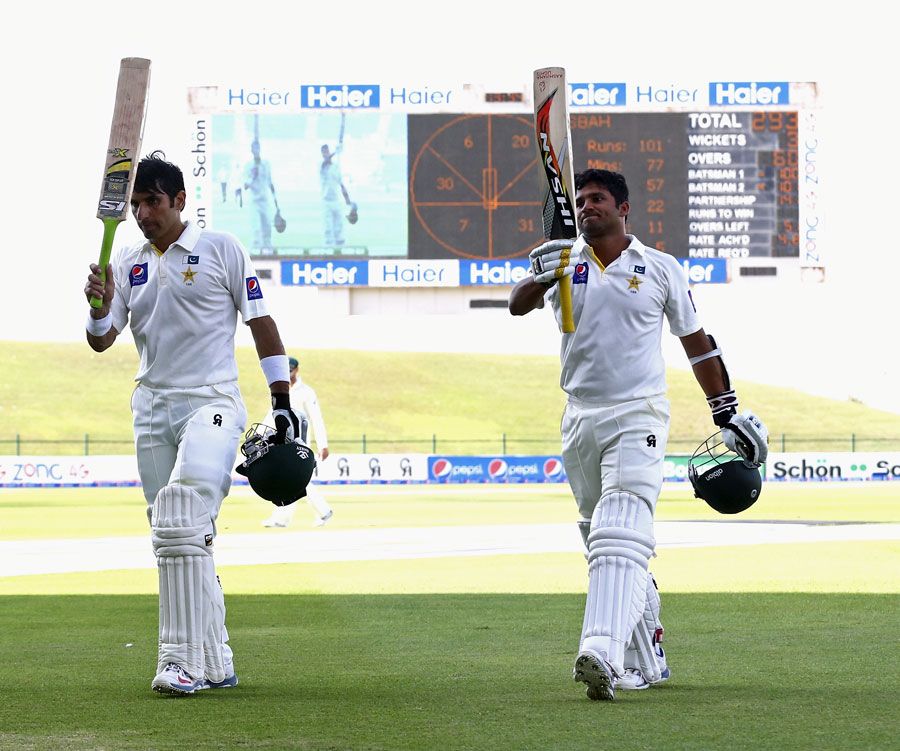

Batsmen gain significant credit for rapid scoring.The principles behind the ODI Ratings are similar to those for the Test Ratings, with the following important differences: This means that successful new players can enter the top 30 after just a few Tests, but are unlikely to reach the world top five until they have many Test matches under their belts. He doesn’t get 100 per cent until he has taken 100 Test wickets.
#How does test cricket scoring work full#
A bowler who has taken 30 wickets also gets 70 per cent of his full rating. He doesn’t get 100 per cent until he has played 40 Test innings. his rating will be between 0 and 700 points). For example, a batsman who has played 10 Test innings gets 70 per cent of his rating (i.e. There is a scale for calculating qualifications. New players start at zero points, and need to establish themselves before they get full ratings. Players who miss a Test match for their country, for whatever reason, lose one per cent of their points. A great player who has had a lean run of form will still have a respectable rating. Recent performances have more impact on a player’s rating than those earlier in his career, but all his performances are taken into account.

This new ‘weighted average’ is then converted into points. The players’ ratings are calculated by combining their weighted performance in the latest match with their previous rating. That bonus will be higher for highly rated opposition teamsīowlers who do not bowl in a high-scoring innings are penalized. Bowlers who take a lot of wickets in a victory receive a bonus.

#How does test cricket scoring work series#
The value of each player’s performance within a match is calculated using an algorithm, a series of calculations (all pre-programmed) based on various circumstances in the match.Īll of the calculations are carried out using pre-programmed formulae, using the information published in a Test match scorecard. If a player’s performance is improving on his past record, his points increase if his performance is declining his points will go down. Players are rated on a scale of 0 to 1000 points. The ICC Player Rankings are a sophisticated moving average.


 0 kommentar(er)
0 kommentar(er)
